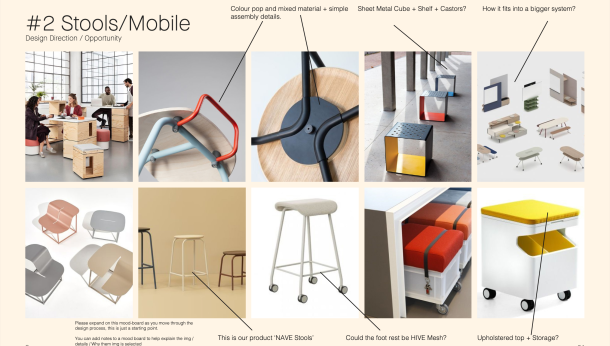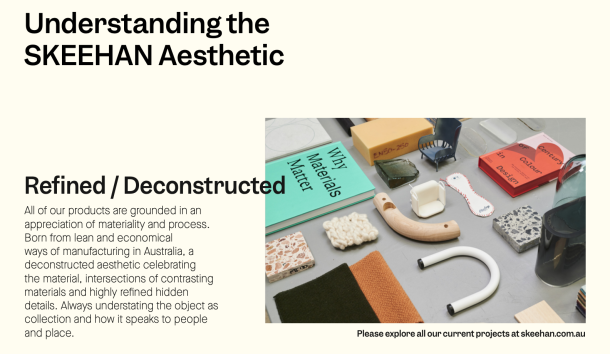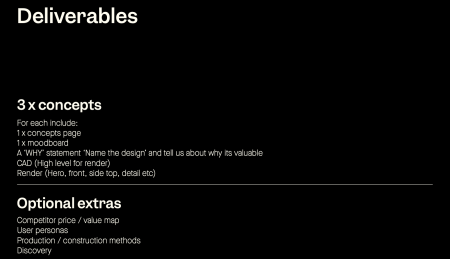Our Brief Writing Checklist
Project Overview
The brief begins with a one-page project overview, providing an introduction to the project and its target audience. This overview may also encompass the allocated budget, objectives, goals, and due date.
Deliverables
A clear and concise list of exactly what you expect to receive back from your designer.
Timeline and Key Milestones
Highlight key milestones to ensure alignment within your team regarding the project's expected progress.
Necessary Context
It is your job to guide your designer to the best possible outcome. Depending on the project and the designer it may be valuable to include relevant context on the client, your brand aesthetics or the market. Try and figure out what gaps in knowledge you may need to fill and include this in your brief.
Specific Design Criteria
Ensure you address specific details the designer must be aware of, such as the intended price point of an object, preferred materials, and historical references. Clearly and concisely present this information for the designer to reference during the design process. Additionally, incorporate any unique selling points (USPs) that the designer should consider.
Visual References
Wherever possible include visual references to explain your thinking. We find that moodboards can be an effective tool in describing visual avenues for the project to fall within. These however, if done poorly can send designers off on tangents that you weren’t intending. Try captioning your images so that your designers are picking up on the aspects of the moodboard that you intend.
To conclude, when briefing a designer, be clear and concise, utilising visual examples where possible. Always consider your audience, being mindful of who you are briefing and aware of the knowledge gaps you need to fill.



